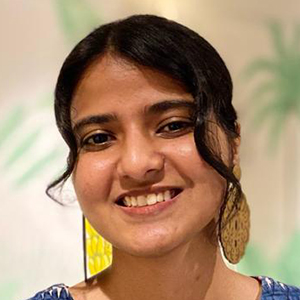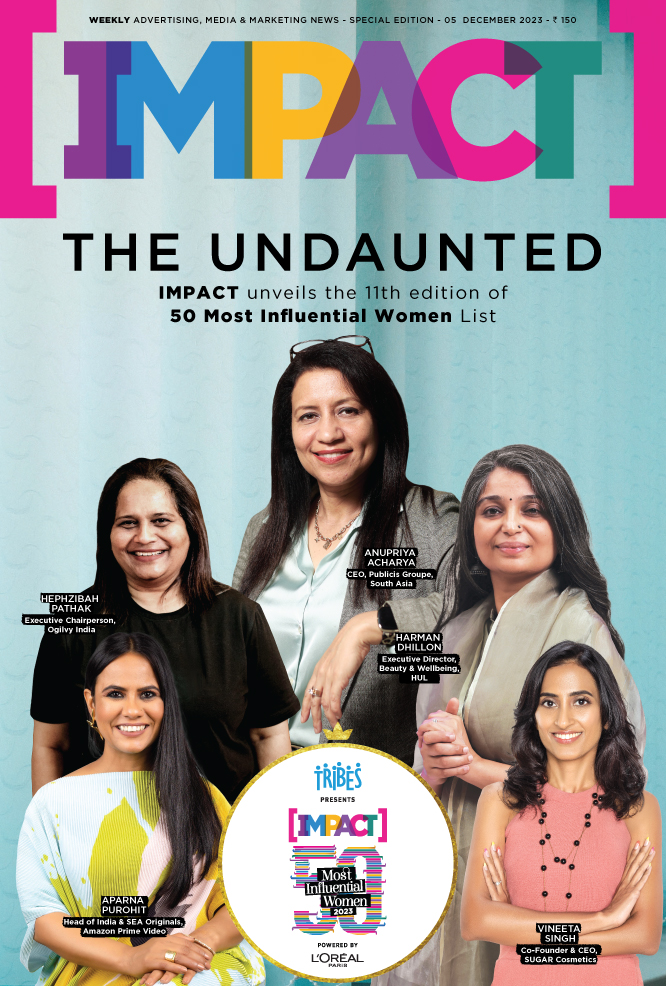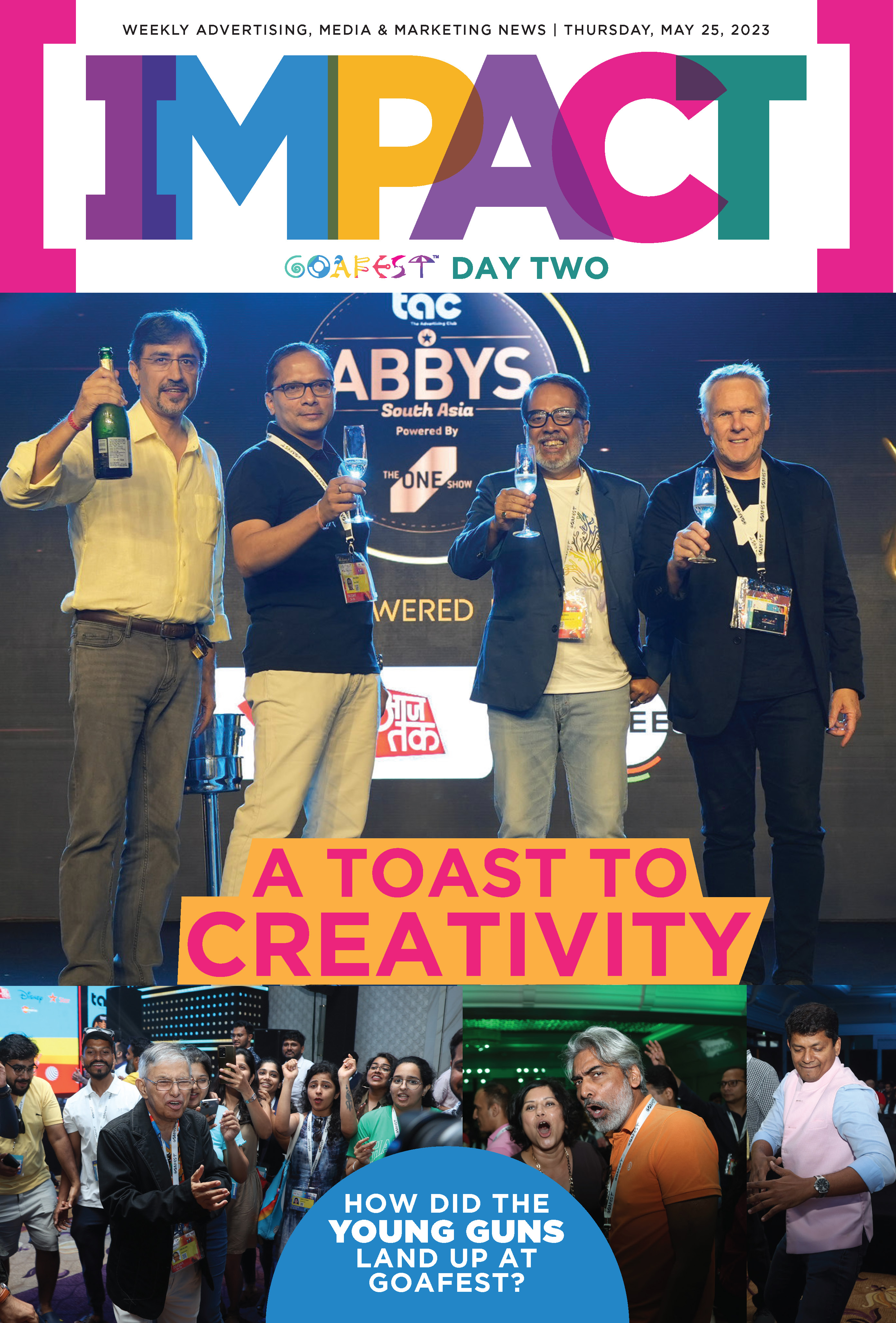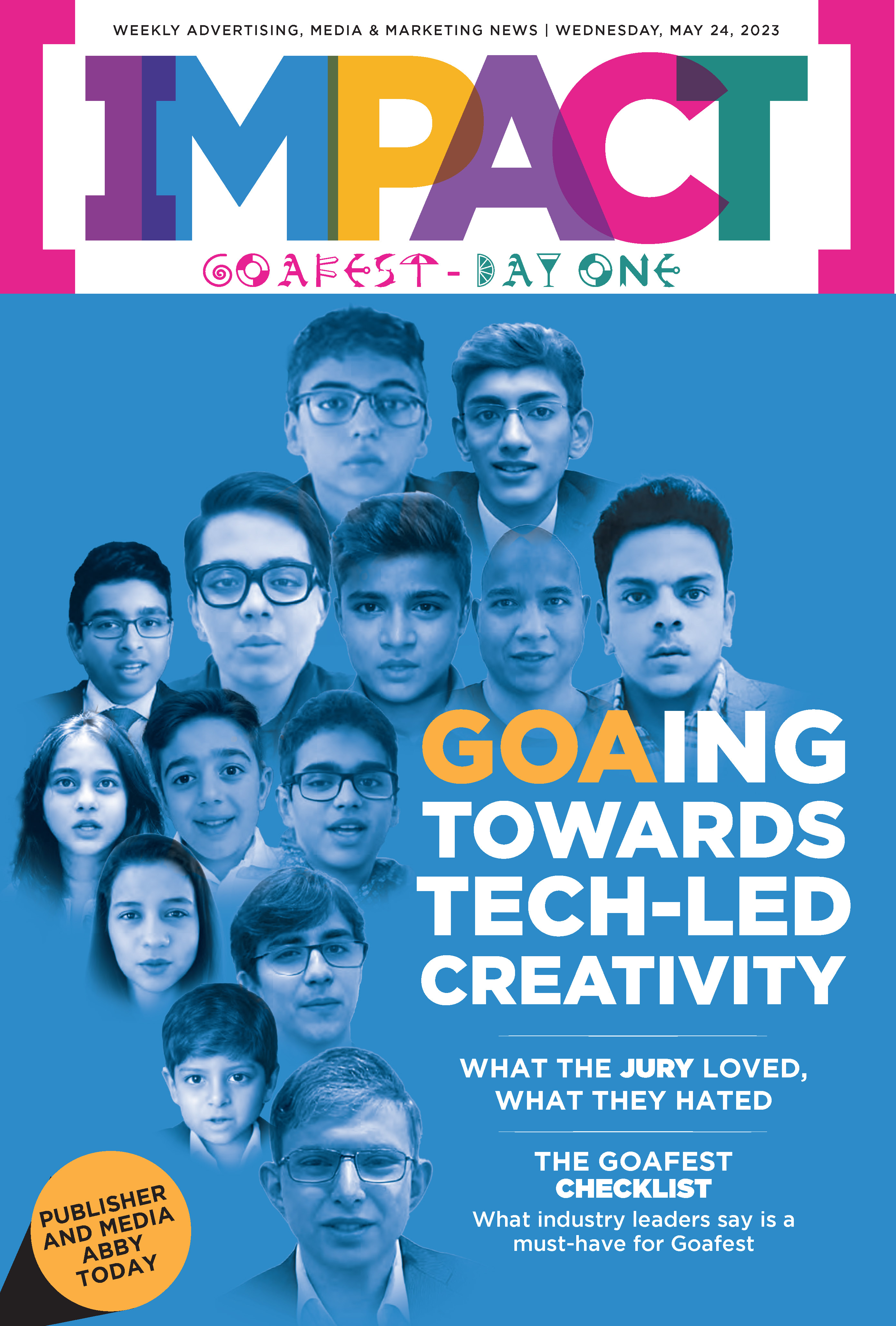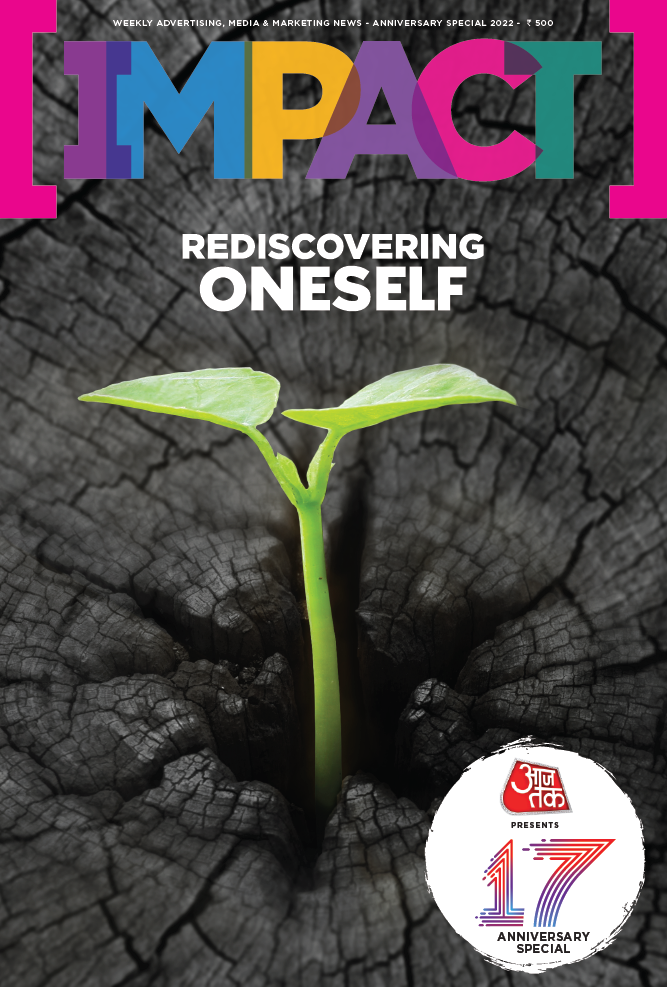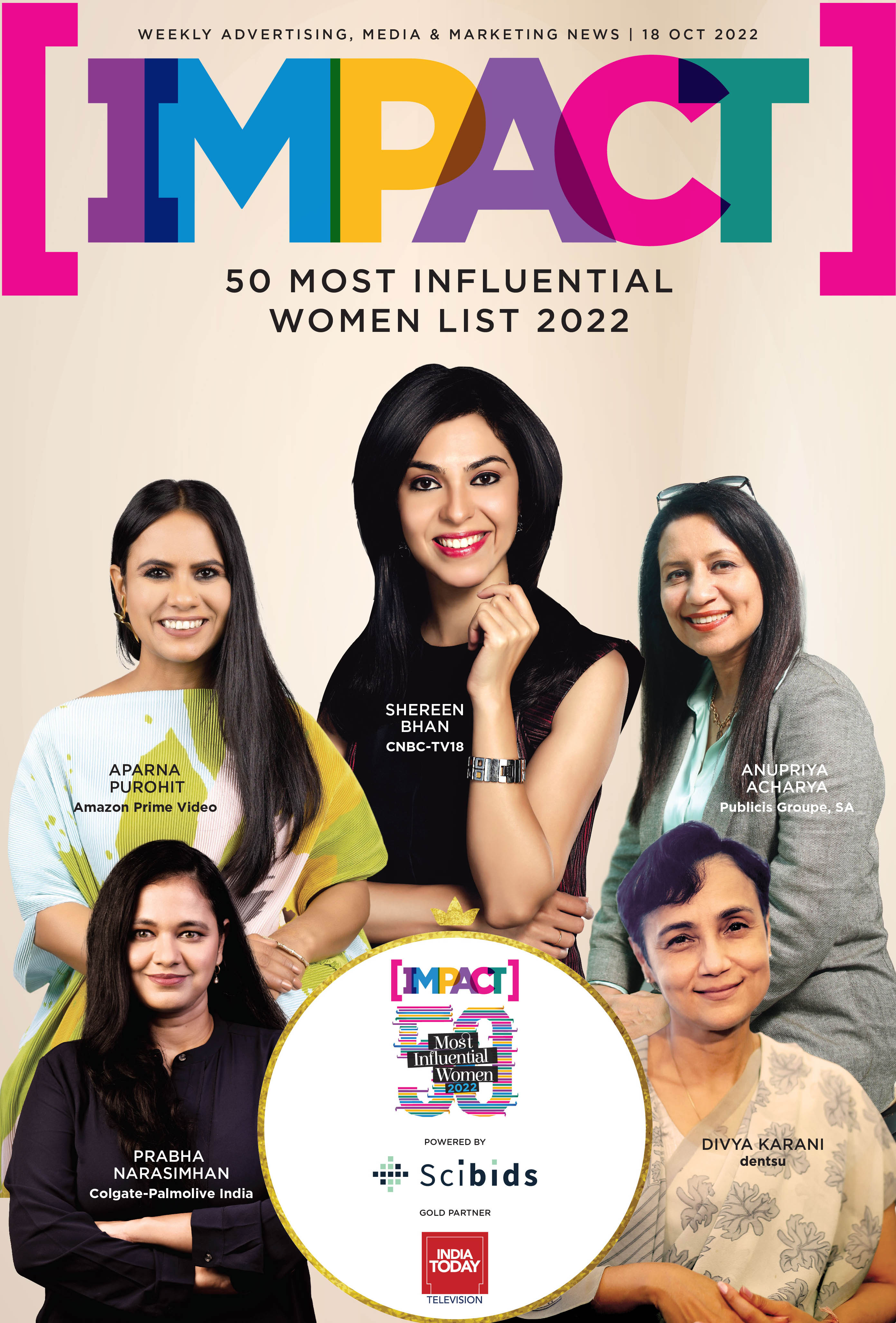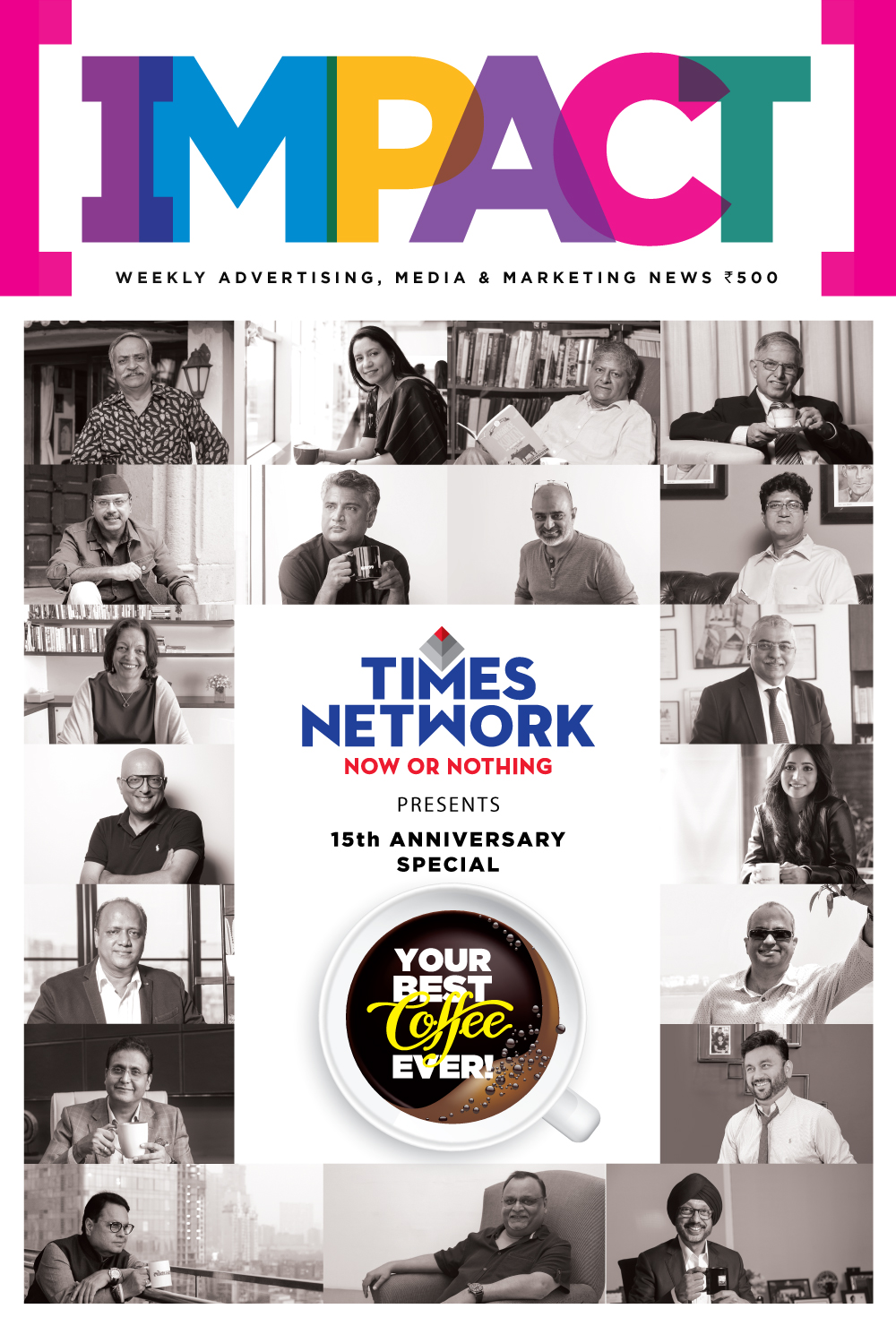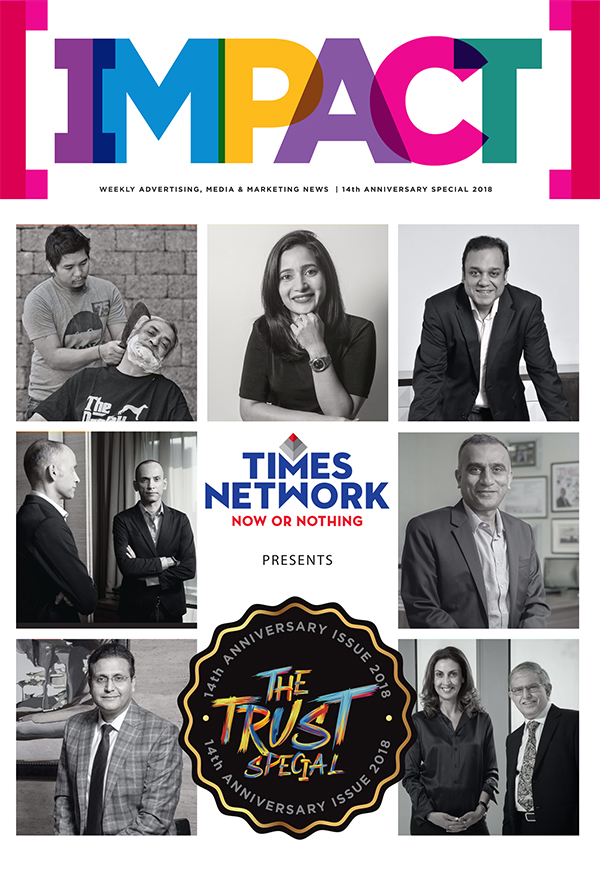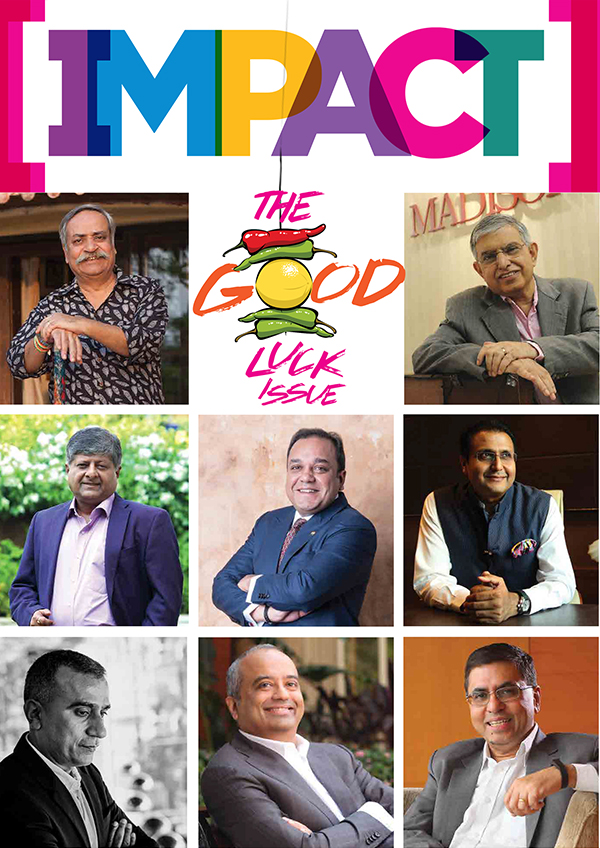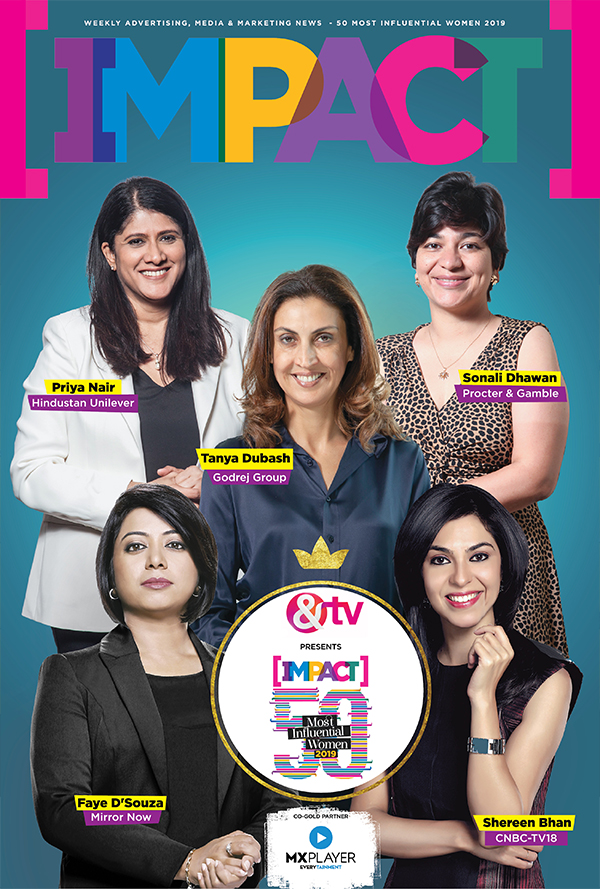For decades advertising worshipped masculinity carved from marble: men were stoic, emotionally unavailable, rugged providers who smoked Marlboros, splashed on Old Spice, and didn’t dare cry. They rode motorbikes across desert highways and returned home not to talk, but to sit silently at the dinner table.
But a quiet shift has been underway, a reimagining of the Indian man, one ad at a time.
The recent talk of the town is Vinsmera Jewels. Launched in the overcrowded South Indian jewellery market, the brand had two major problems to solve: how do you stand out, and how do you not make just another wedding-jewellery ad? Their answer: cast Mohanlal, a cultural icon often associated with authority and gravitas, in an unusually soft, layered role with feminine energy and vulnerability.
The ad opens on a bustling jewellery shoot with Mohanlal, playing himself, introduced by director Prakash Varma, also playing himself. What begins as a routine behind-the-scenes moment takes a playful twist when a diamond set goes missing. The search ends with Mohanlal found in his vanity van, serenely admiring himself, draped in jewels. With no dialogue and only classical music, the ad blends humour and grace, and has been hailed as a refreshing take on storytelling.
 “We didn’t want the usual marriage or anniversary route,” says Biju Akkara, Head of Marketing, Vinsmera Jewels. “In most jewellery ads, you either see a bride or a birthday surprise. But here, we created a story where Mohanlal isn’t just endorsing jewellery. He becomes part of an emotional narrative. It’s like a short film, not a TVC,” he says.
“We didn’t want the usual marriage or anniversary route,” says Biju Akkara, Head of Marketing, Vinsmera Jewels. “In most jewellery ads, you either see a bride or a birthday surprise. But here, we created a story where Mohanlal isn’t just endorsing jewellery. He becomes part of an emotional narrative. It’s like a short film, not a TVC,” he says.
The campaign, directed by Prakash Varma of Nirvana Films, showcases a side of masculinity not often explored. There’s a warmth, a softness, a subtle embrace of the feminine self. “There’s always a thin line,” Biju admits, referring to potential backlash. “But we were confident. Mohanlal delivered it beautifully, it’s not macho, but it’s magnetic,” he adds.
The company considers this campaign one of its biggest to date - both in terms of scale and investment. It launched with the Mohanlal film directed by Prakash Varma, which has already generated significant buzz, especially in Kerala. A full-fledged 360-degree rollout is planned over the next six months, spanning television, newspapers, magazines, digital platforms, and influencer outreach.
This redefinition of what it means to ‘be a man’ isn’t an isolated wave, it’s part of a larger tide. Gillette India’s groundbreaking film with the agency Grey India from November 2019, featuring Lieutenant Colonel Manoj Kumar Sinha, was among the first Indian commercials to directly confront the outdated notion that ‘real men don’t cry.’ The ad showed the Colonel, battle-scarred and recovering from a life-threatening injury, speaking candidly about vulnerability and tears, a bold move considering the army is often perceived as the last pillar of traditional masculinity.

 “We picked up early signs of a shift,” recalls Sandipan Bhattacharyya (currently CCO, Monks) who was leading the campaign at Grey India as CCO, adding, “Globally, there was a cultural reckoning about male vulnerability. And we thought—why not lead this conversation in India too?” The stroke of genius came when Colonel Sinha reached out to Gillette, praising the razor that gave him his first clean shave post-surgery. “He came with a product story. But we saw something bigger, a man who embodied the evolution of manliness. Here was someone society saw as the epitome of strength, yet he was willing to talk about helplessness, crying, and healing,” Sandipan explains.
“We picked up early signs of a shift,” recalls Sandipan Bhattacharyya (currently CCO, Monks) who was leading the campaign at Grey India as CCO, adding, “Globally, there was a cultural reckoning about male vulnerability. And we thought—why not lead this conversation in India too?” The stroke of genius came when Colonel Sinha reached out to Gillette, praising the razor that gave him his first clean shave post-surgery. “He came with a product story. But we saw something bigger, a man who embodied the evolution of manliness. Here was someone society saw as the epitome of strength, yet he was willing to talk about helplessness, crying, and healing,” Sandipan explains.
The campaign sparked massive conversations. It was backed by integrations across platforms - news shows, digital conversations, talk panels. While a few clung to the old trope of emotionless strength, the response was overwhelmingly positive. “It’s brave marketing and it made room for other brands to follow suit,” he adds. One of the other brands that stood out early on for opening up dialogue was Vogue India, with its searing ‘#StartWithTheBoys’ campaign featuring Madhuri Dixit. Directed by Vinil Mathew, the film didn’t just suggest that men should be allowed to feel, it dug deeper, exploring how young boys, if not taught empathy early, grow up emotionally stunted. “The idea came from a blind spot,” Vinil Mathew, Co-Founder, Breathless Films says. “Everyone talks about empowering girls, but no one addresses the conditioning boys go through. We needed to slap the audience with that insight,” he adds.
One of the other brands that stood out early on for opening up dialogue was Vogue India, with its searing ‘#StartWithTheBoys’ campaign featuring Madhuri Dixit. Directed by Vinil Mathew, the film didn’t just suggest that men should be allowed to feel, it dug deeper, exploring how young boys, if not taught empathy early, grow up emotionally stunted. “The idea came from a blind spot,” Vinil Mathew, Co-Founder, Breathless Films says. “Everyone talks about empowering girls, but no one addresses the conditioning boys go through. We needed to slap the audience with that insight,” he adds.
The film showed how boys through their whole life have been asked not to cry, only to hint at how this behaviour snowballs into a toxic emotional being who goes on to hurt others and make them cry. The intent was clear: catch the problem at the bud. According to Mathew, authenticity was non-negotiable, he says, “If a brand tries to cash in on a social message without believing in it, it rings false. But when the intent is real, the execution follows truthfully.” And yes, some brands still lean into the muscular, leather-jacket-wearing stereotype but others are exploring new hues of manhood. Take CaratLane’s ‘Make Every Proposal More Beautiful’ ad, where the man goes through a lot of questions and stereotypes with a bundle of nerves, overthinking every step before he pops the question. “No one had explored a jewellery ad from the man’s point of view,” says Shaifali Gautam, CMO, CaratLane. She adds, “But men feel pressure too, emotional, social, even aesthetic. And that deserved a voice.”
And yes, some brands still lean into the muscular, leather-jacket-wearing stereotype but others are exploring new hues of manhood. Take CaratLane’s ‘Make Every Proposal More Beautiful’ ad, where the man goes through a lot of questions and stereotypes with a bundle of nerves, overthinking every step before he pops the question. “No one had explored a jewellery ad from the man’s point of view,” says Shaifali Gautam, CMO, CaratLane. She adds, “But men feel pressure too, emotional, social, even aesthetic. And that deserved a voice.”
Take The Man Company’s ‘Gentleman Kise Kehte Hain’ featuring Ayushmann Khurrana - it redefines a gentleman not as someone who merely opens doors, but as someone who listens, respects, and nurtures. BIBA’s ‘Change the Convention’ flips the arranged marriage trope by showing a man willing to learn how to cook for his wife, challenging traditional gender roles. Even in South India, Kavitha Gold and Diamonds’ ad starring Fahadh Faasil celebrates a quiet, introspective masculinity, where wearing a nose pin is no longer seen as subversive, but simply expressive. A far cry from the bombastic, larger-than-life heroes of the past.
So, what’s changed?
“Advertising mirrors society. And the society has changed, urban audiences especially are more open, more introspective. Brands follow that. It’s a step-by-step evolution. One reflects the other,” Vinil Mathew explains.
The Marlboro Man isn’t gone, but he now shares screen time with the guy who’s wiping a tear, choosing empathy, or just feeling nervous about a proposal. As Sandipan Bhattacharyya says, “Masculinity is no longer just about muscle, it’s about emotional strength too. And if we’re grooming the next generation of men, this change was overdue.”
From the rugged to the relatable, Indian advertising is slowly - but surely reimagining what it means to ‘be a man.’



